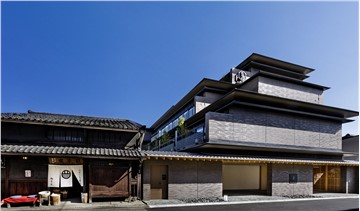According to the Cabinet Office, the orders, excluding those for ships and utilities because of their volatility, dropped 5.6 percent to a total of 908.8 billion yen (6.63 billion U.S. dollars), with May's figure coming on the heels of a 10.8 percent increase a month earlier.
The Cabinet Office maintained its assessment of the orders, however, for a second straight month that they were "showing signs of picking up."
Orders from manufacturers dropped 9.8 percent to 452.2 billion yen, marking the first decline in three months, the office said.
Those from non-manufacturers, excluding those for ships and from power companies, fell 4.1 percent to 449.8 billion yen, down for the first time in three months as well, the figures showed.
Machinery orders from overseas, seen as an indicator of future exports, retreated 2.4 percent to 1.6 trillion yen, in the recording period the office also said.
Total orders declined 10.1 percent to 3.0 trillion yen, having booked the sharpest increase in April since the same month in 2005 when comparable data became available, the data showed.
Machinery orders are a key advance indicator for corporate capital spending and the government uses this key data to predict the strength of business spending in a six to nine month period ahead.
A rise in capital expenditure here can boost the economy as Japanese companies are producing more machinery to meet rising demands from overseas markets.
A drop in such expenditure can have the reverse effect.
Such business investment accounts for roughly 15 percent of Japan's gross domestic product.
Types of machinery included in the monthly government survey comprise engines and turbines, heavy electrical machinery, electronic and communication equipment, industrial machinery, machine tools, railway rolling stock, road vehicles, aircraft, ships, water crafts, as well as sub types in those categories. (1 U.S. dollar equals 137.02 yen)





















Latest comments